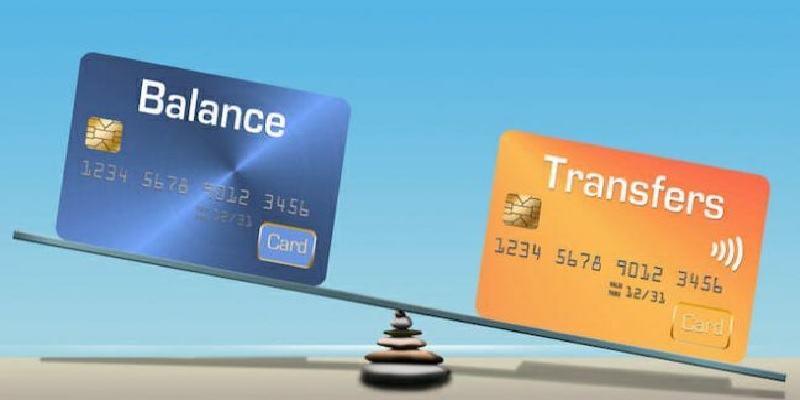 When you make a balance transfer with your credit card, you’ll be able to move funds from one card to another card. The card company will offer a lower APR compared to your current one when you do this. Read below for more information on how they work.
When you make a balance transfer with your credit card, you’ll be able to move funds from one card to another card. The card company will offer a lower APR compared to your current one when you do this. Read below for more information on how they work.
 |
 |
Balance Transfer Fees
A balance transfer will come with a fee that ranges from 2% – 5% upfront. Depending on your credit score and terms of the card, you can see how much you can have transferred. However, keep in mind that you should calculate how much you’ll be charged with the additional fees.
Plus, you’ll be able to save money if the transfer fee is offset by interest savings that last for long periods. Not to mention, you’ll be able to save more money on interest rates other ways as well.
How is Your Credit Affected by a Balance Transfer
When you make a balance transfer, it can help you save money, but at the same time it can decrease your credit score. Once you’ve applied for credit, a lender will go over your credit history which will lead to a hard pull. A hard pull is not good for your account, and the more you build up, the higher your risks are for creditors. In other words, a hard inquiry will damage your score much more if you have a few accounts or a small credit history.
Furthermore, another way it can be damaged is if you close your original credit card after making a balance transfer. By doing this, it will affect the amount of credit that you use compared to how much is available. Lastly, you should keep your original card open so you can avoid a downfall in your credit score.
Good Balance Transfer Credit Cards
A good credit card to make balance transfers with will be one that allows you to:
- Check your credit score report
- Offers long-term bonus periods
- Tools to help you with balancing your account.
The Federal Law states that every card has to have their welcome rates stay available for about 6 months. Plus, if you find the right card, there are several companies that offer longer promotional periods. An excellent balance transfer credit card should also offer travel rewards, airline miles, or cash back rewards. Calculate how much you’ll be able to save with the best transfer card you can find.
A great credit card to consider is the Capital One card. This card will come with a simple way to put in the balance amount, APR, and other fees and have them compared to other offers. Additionally, their balance transfer fee will begin after the promotional period is over.
Making a Credit Card Balance Transfer
When you make a credit card balance transfer, it’s quite simple. Basically, a transfer can happen in a few ways. One way is to have a transfer with special checks that your bank provides, or to do it directly with an issuer. Overall, the process will depend on which financial institute you’re with, so here’s the general process:
- Know your old account number and the amount you want transferred.
- Give the bank information to be issued a new balance transfer credit card.
- Wait for the balance transfer to be processed and go about making normal transactions until it’s finished.
However, keep in mind if you do a transfer over the phone if you didn’t ask for one in the first place. Normally, many well known banks will not straight up call you about making a balance transfer. If you do get a call asking you for your bank information, report this to the Consumer Financial Protection Bureau.
Conclusion
Whether if you need to pay off debt or save money, a balance transfer can be useful in many ways. Overall, you’ll be able to pay off a balance much faster and get longer promotional periods. Plus, there are several perks that comes with many different credit cards that offer this option. Keep in mind that not all credit cards will offer the same rates or charge the same fees.


